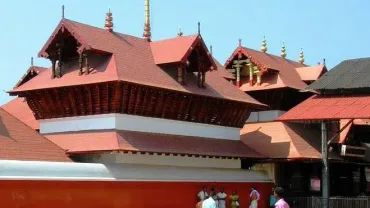- Blog
- 17 Oct 2022
About and History of Guruvayur Temple Guruvayur Temple is a Hindu temple dedicated to Lord Guruvayurappan. According to legend, Janamejaya conducted a sacrifice to destroy all the snakes of the world including Takshaka, who was the cause of his father Parikshit’s death. Hundreds of thousands of snakes were slain as they fell into the sacrificial […]
